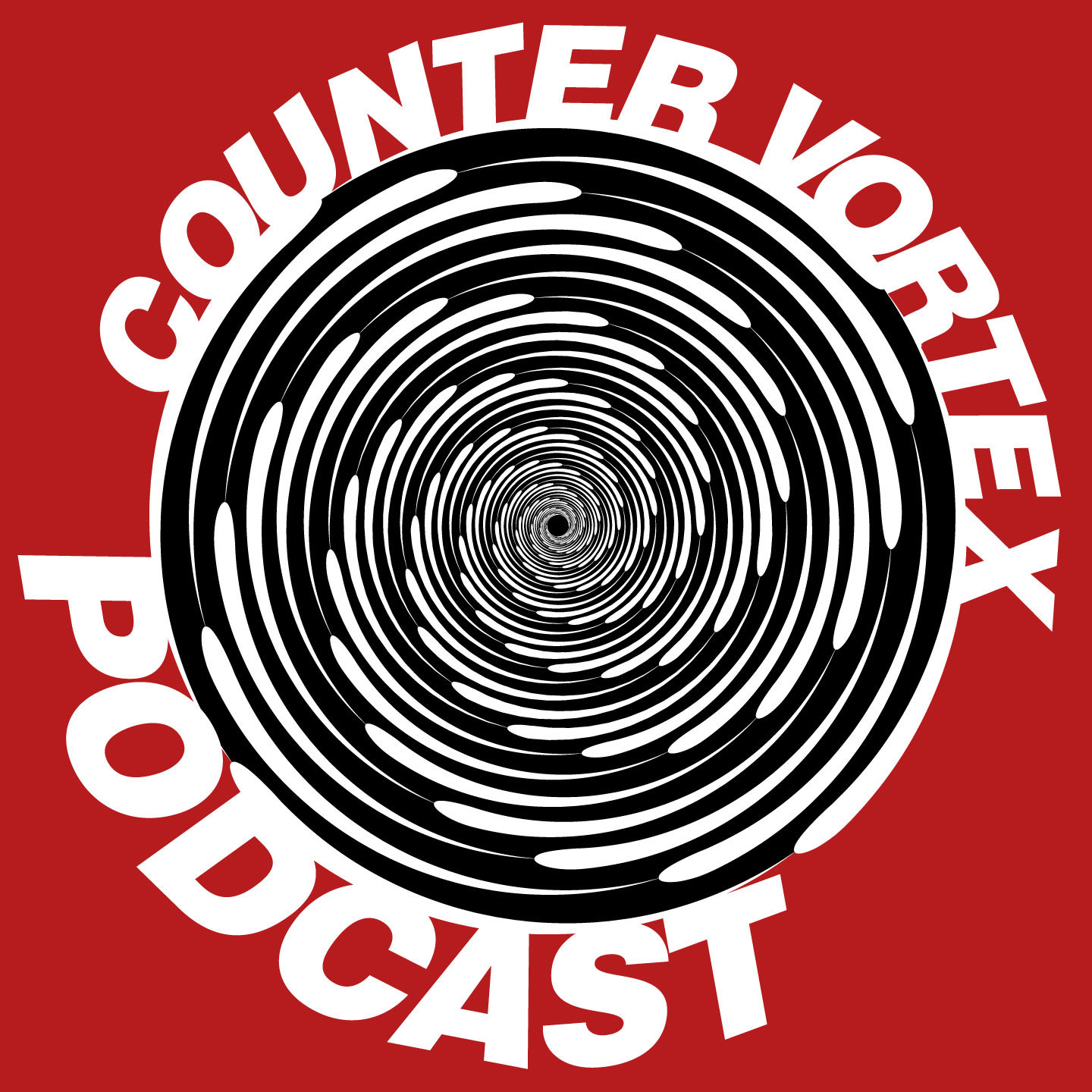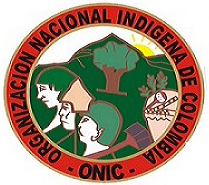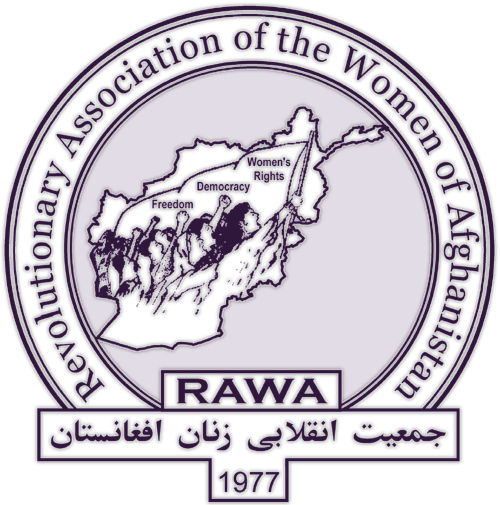narco wars
Colombia: pressure grows to expand drug decrim
An official from the capital district government of Bogotá on March 28 called upon Colombia’s national government to open debate on broadening the policy of cannabis decriminalization. "We really need leadership from the Congress and the government to regulate the medicinal and recreational use of marijuana," said secretary general of the Bogotá mayor's office, Susana Muhamad. Despite efforts by the previous president Alvaro Uribe to roll back the policy, since 1994 cannabis has been decriminalized in small quantitites—recently established by the judiciary as up to 22 grams. However, sale and cultivation remain illegal. Muhamad appealed to current President Manuel Santos to examine lifting these limitations.
Bolivia: cocaleros clash with eradication force
Coca-growers in Bolivia's lowland jungle town of Yapacaní on March 27 clashed with police in a protest against the construction of a new base of the Mobile Rural Patrol Unit (UMOPAR), the hated coca-eradication force. Protesters set up roadblocks in an effort to prevent construction crews from breaking ground on the new base. When National Police troops used tear-gas to break up the blockades, protesters replied by hurling rocks. Regional police commander Johnny Requena blamed drug gangs for the opposition to the base, which is being financed by the European Union to the tune of $1.3 million.
Squatter 'mega-eviction' rocks Rio de Janeiro
More than 1,500 Military Police were mobilized April 11 to evict thousands of squatters who had recently taken over an abandoned office complex in Rio de Janeiro. Brazilian media reported that most of the squatters left peacefully, but others resisted, sparking pitched street battles with police. Protesters chanted "We want houses!," and some hurled bricks and Molotov cocktails at police and set several vehicles on fire. Four buildings were also set aflame. Authorities reported 12 injured and 26 detained, including six minors. The squatted complex was known as Telerj Favela, because it had been the offices of the Telerj, the state telecommunications company, before it was recently vacated. (SMH, April 12; Europa Press, April 12; EuroNews, April 11)
Michoacán: 'community police' out of control —already?
Just weeks after the Mexican government signed an accord with the "community police" vigilante network in Michoacán, ostensibly bringing the anti-narco militias under control of the armed forces, it is looking more and more like they have been transformed into a lawless paramilitary force—even acting against Mexico''s federal authorities. On March 19, "community police" forces at La Placita, on Michoacán's Pacific coast, launched a blockade of the entrance of a Mexican naval outpost, apparently in protest of the disarming of 14 of their gunmen by Mexican marines stationed there. The blockade escalated in the following days, with hundreds of armed vigilantes from neighboring towns converging at the base. (El Sol de Leon, March 21)
Colombia: gains against Buenaventura butchers?
Colombian President Juan Manuel Santos on April 4 told onlookers in the Pacific port of Buenaventura that 136 members of dangerous criminal gangs had been captured by security forces over the last month and a half, contributing to a recent drop in violence. Santos also told the crowd that the city had not seen a homicide for the last 19 days. Additionally, he said that 32 of the last 48 days had passed without a murder in Buenaventura. Santos also boasted of $100 million worth of investment in social programs for the city. This government has "decided to change the situation in Buenaventura and we are doing it with actions, not words," he said. But he added that the response to recent horrific violence in the city is not necessarily to "look for those responsible" but to find "solutions" to social problems.
Michoacán: cannibalization of 'community police'?
Hipolito Mora, a top leader of the "community police" self-defense network in Michoacán, was detained by state police March 10 as a suspect in the slaying of two members of the movement. The detention comes amid an armed stand-off between rival factions of the self-defense network in the town of Buenavista Tomatlán. Hundreds of police and soldiers have been sent to the town as factions have seized turf and drawn lines across the municipality. Mora was helicoptered from Los Palmares ranch, in an outlying area of Buenavista, where he and his armed followers were holed up against rivals. The rival outfit, based in Buenavista's hamlet of La Ruana, is said to be led by Luís Antonio Torres González, who goes by the nom de guerre "Simón El Americano," because he grew up in the US. Torres González told local media that the two dead men were part of his defense group. Their bodies were found inside a pick-up truck that had been set on fire.
Michoacán cartel boss 'killed' —again!
Here we go again. Mexican authorities announced March 9 the death of Michoacán's top drug lord Nazario Moreno AKA "El Chayo" in a shoot-out that erupted when a mixed force of military and federal police troops raided his 44th birthday party in the pueblo of Apatzingán. Also known as "El Más Loco" (the Craziest One), "El Macho Loco" and "El Doctor," Moreno was the founder of both La Familia cartel and its offshoot, the Knights Templar. But there is an all-too-familiar sense of deja vu here: this is the second time that El Chayo was reported killed in a shoot-out with federal cops in Apatzingán. The first time was in December 2010, although authorities didn't produce the body. This time they have, and boast positive forensic identification. (Univision, March 10; BBC News, La Jornada, AP, Milenio, March 9)
Michoacán crackdown on narco-mineral nexus
Mexican authorities on March 4 announced the seizure of 119,000 tons of iron ore—with an estimated value of $15.4 million—along with 124 bulldozers, backhoes and trucks at Michoacán's Pacific seaport of Lázaro Cardenas, following tips about drug cartels exporting black-market ore to China. More than 400 federal police and military troops were involved in the coordinated raids on 11 processing facilities in the port city. Six Chinese workers at the sites were arrested, apparently on immigration charges. The federal security commissioner for Michoacán, Alfredo Castillo, told Periódico Digital that the ore is being tested to determine which mines it came from in order to crack down on the operation. In November 2013, the Mexican Navy took control of Lázaro Cardenas to cut off illicit exports for the Knights Templar drug cartel. (Metal Miner, March 7; Mining.com, Port Technology, March 4)















Recent Updates
4 hours 49 min ago
17 hours 18 min ago
17 hours 43 min ago
1 day 17 hours ago
1 day 17 hours ago
1 day 17 hours ago
2 days 20 hours ago
3 days 1 hour ago
3 days 16 hours ago
3 days 16 hours ago